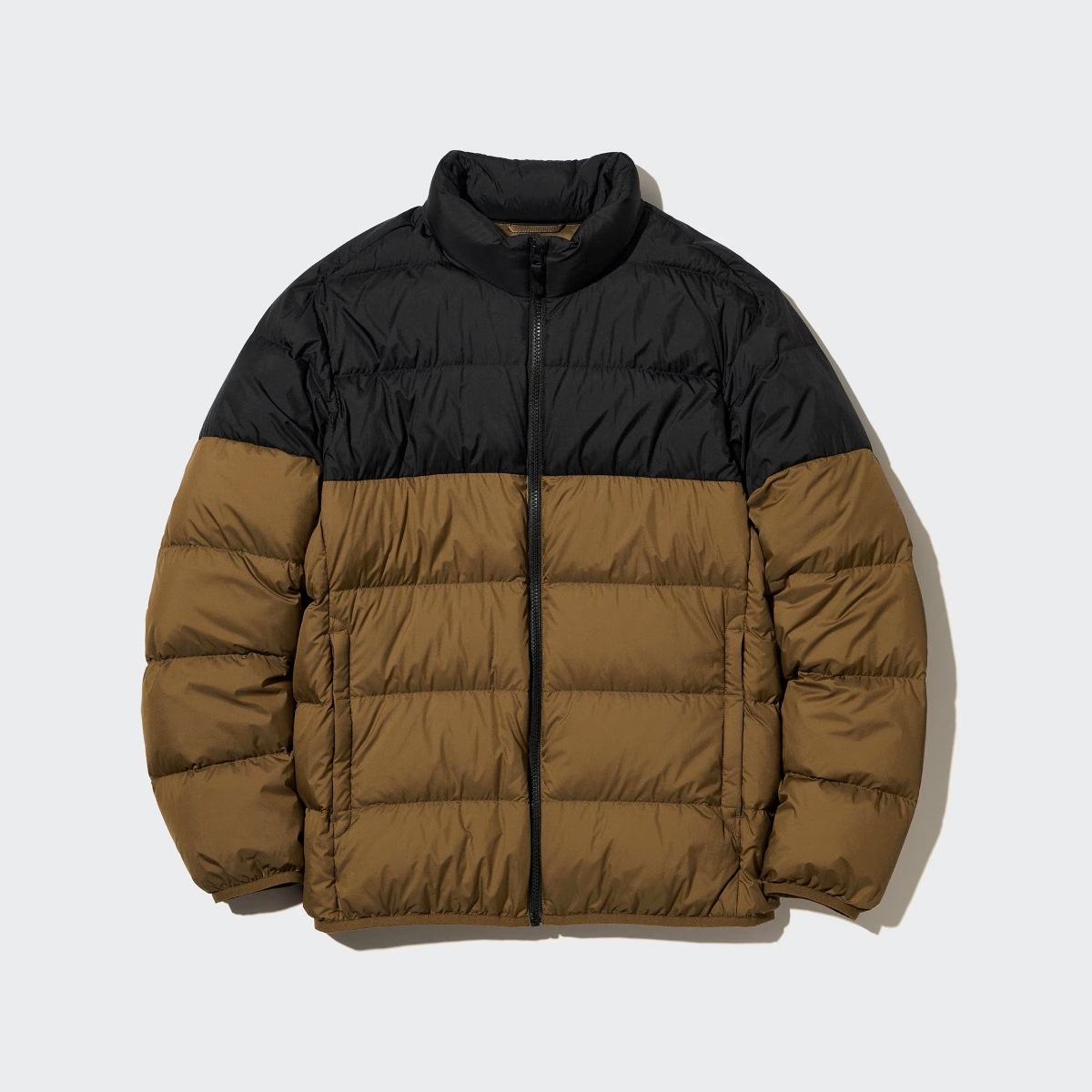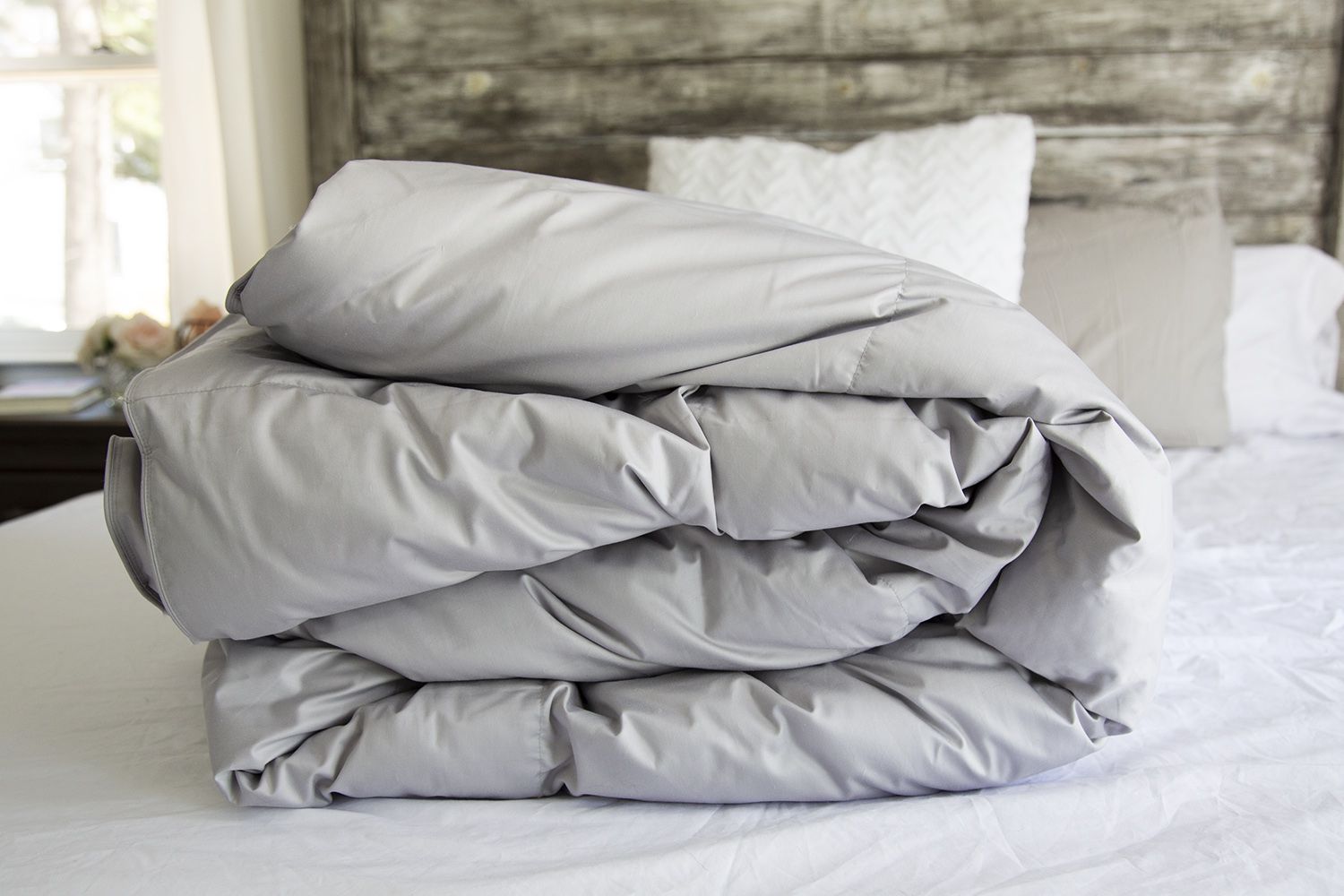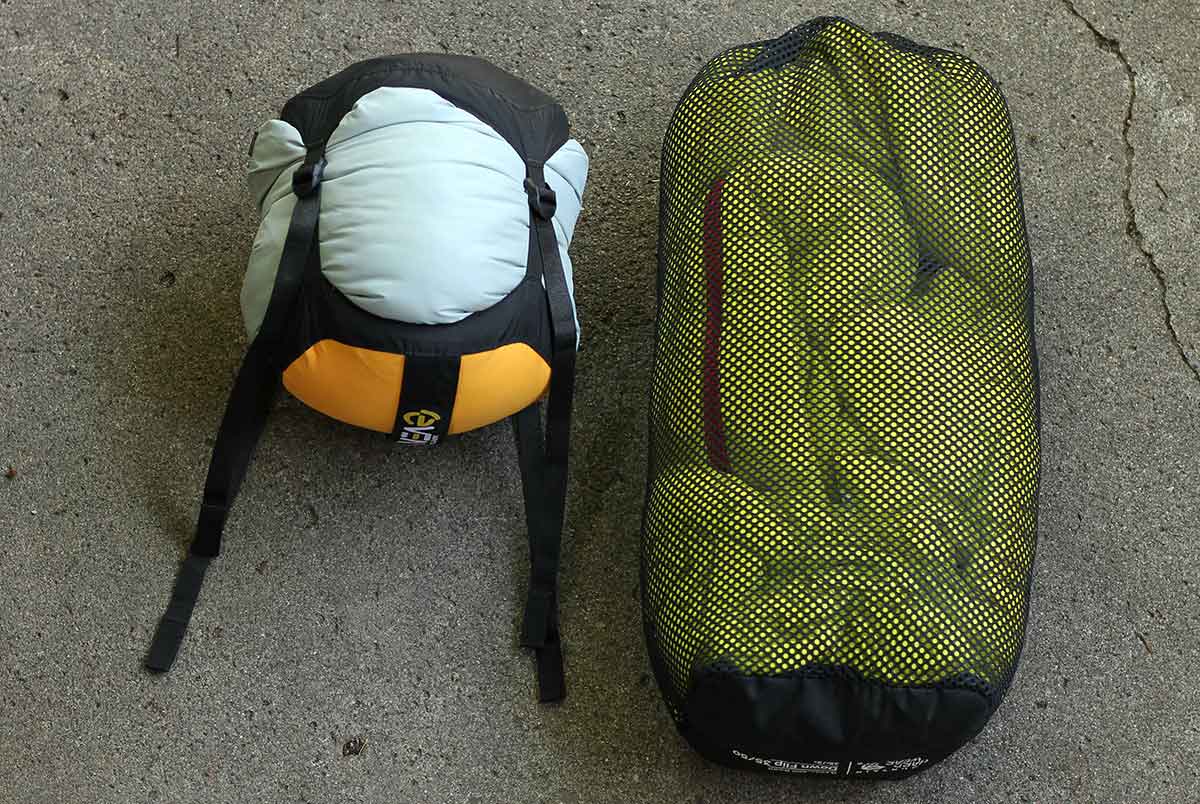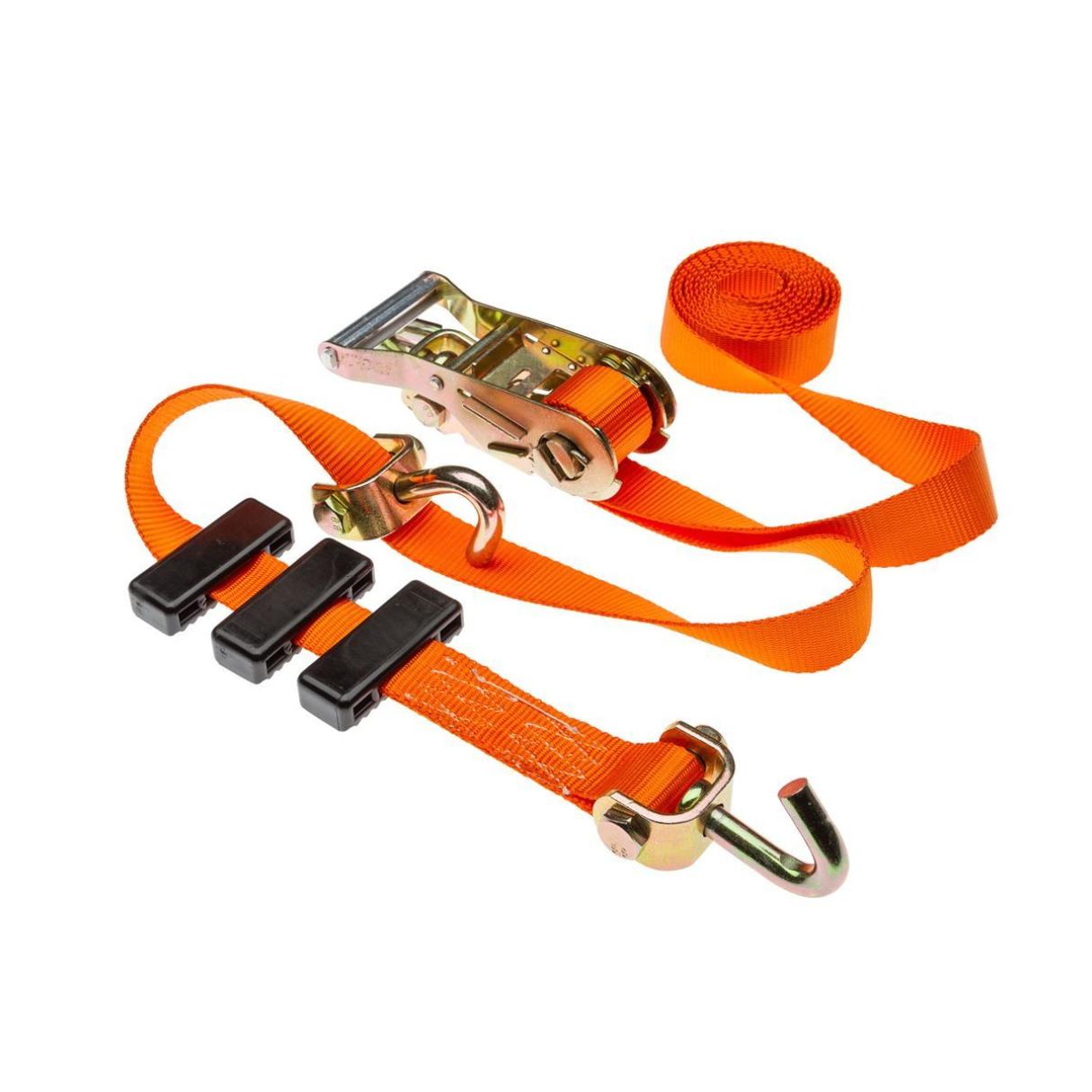

Articles
How To Store Down Jacket
Modified: August 27, 2024
Learn the best techniques for properly storing your down jacket to maintain its quality and maximize its lifespan. Get expert tips and advice in this informative article.
(Many of the links in this article redirect to a specific reviewed product. Your purchase of these products through affiliate links helps to generate commission for Storables.com, at no extra cost. Learn more)
Introduction
During the colder months, a down jacket can be a valuable and cherished piece of outerwear, providing warmth and comfort. However, as the seasons change and temperatures rise, it is important to properly store your down jacket to maintain its quality and extend its lifespan. In this article, we will explore the importance of proper storage for down jackets, as well as provide you with a step-by-step guide on how to effectively store your down jacket to ensure its longevity.
Properly storing your down jacket not only keeps it in excellent condition but also saves you money in the long run. Without appropriate storage, down jackets can lose their loft, become compressed, and even develop mold or mildew. By following the right storage techniques, you can protect your investment and ensure that your jacket will be ready to keep you warm and cozy when the next cold season arrives.
Before we delve into the specifics of proper down jacket storage, it is crucial to understand the importance of cleaning your jacket before putting it away. Cleaning your down jacket removes dirt, oils, and other residue that can damage the fabric and degrade the insulating properties of the down. Additionally, a clean jacket is less likely to attract pests or accumulate unpleasant odors during storage.
Once your down jacket is freshly cleaned, you can proceed with the proper storage techniques that will maintain its quality for years to come. From choosing the right storage container to folding and packing your jacket correctly, we will guide you through the essential steps. Let’s dive in and learn how to store your down jacket effectively!
Key Takeaways:
- Properly storing your down jacket is crucial to maintain its insulation, appearance, and longevity. From cleaning before storage to choosing the right container, following the correct techniques will ensure your jacket remains in excellent condition.
- Avoid common mistakes such as over-compression, using improper storage containers, and neglecting to air out your down jacket. By sidestepping these errors, you can protect your jacket and enhance its lifespan.
Why Proper Storage is Important
Proper storage is crucial to preserve the quality and performance of your down jacket. Here are some key reasons why you should take the time to store your jacket correctly:
- Prolongs the Lifespan: By storing your down jacket properly, you can extend its lifespan. Down jackets are designed to be durable, but improper storage can cause damage over time. For instance, if the jacket is left in a damp or humid environment, the down can clump and lose its loft, impacting its insulation properties.
- Maintains the Insulation: Down jackets provide excellent insulation due to the natural loft of the down feathers. Improper storage, such as compressing the jacket or folding it tightly, can flatten the down and diminish its insulating ability. With proper storage techniques, you can maintain the loft and ensure that your jacket keeps you warm when you need it.
- Preserves the Appearance: A well-maintained down jacket not only performs well but also looks great. Incorrect storage methods, like hanging the jacket on a regular hanger or storing it in a cramped space, can lead to misshapen shoulders or creased fabric. By storing it correctly, you can keep your jacket looking fresh and ready to wear.
- Prevents Pest Infestation: Pests such as moths can be attracted to food particles or body oils that may be present on your jacket. Properly cleaning and storing your down jacket reduces the risk of pests making a home in your garment during storage.
By investing a little time and effort into proper storage techniques, you can ensure that your down jacket remains in excellent condition year after year. Now that we understand the importance of proper down jacket storage, let’s move on to the next step: cleaning your jacket before storage.
Cleaning Your Down Jacket Before Storage
Before you prepare your down jacket for storage, it is essential to give it a thorough cleaning. Cleaning your jacket helps remove dirt, body oils, and other residues that can accumulate over time and compromise the fabric and insulation. Here are the steps to follow when cleaning your down jacket:
- Read the Care Instructions: Check the care label inside your jacket for specific cleaning instructions. Different jackets may have different requirements, so it’s essential to follow the manufacturer’s guidelines.
- Spot Clean if Necessary: If your jacket only has a few small stains or spots, you can spot clean them using a mild detergent mixed with water. Gently dab the affected areas with a sponge or cloth, and then rinse with clean water.
- Machine Wash on a Gentle Cycle: If your down jacket is machine washable, set your washing machine to a gentle cycle with cold water. Use a specialized down detergent or a mild, non-detergent soap. Avoid using fabric softeners or bleach, as they can damage the down feathers.
- Rinse Thoroughly: After the wash cycle is complete, rinse your jacket multiple times to ensure that all the detergent is removed. Leftover detergent can leave residue that affects the down’s loft and performance.
- Dry Properly: Properly drying your down jacket is crucial to prevent clumping and mildew. Tumble dry your jacket on a low heat setting with a few clean tennis balls or dryer balls. These will help fluff the down and evenly distribute it during drying. Check the care instructions to confirm if your jacket is suitable for machine drying or if air drying is recommended.
- Inspect Thoroughly: Once your down jacket is dry, inspect it for any remaining stains or spots. If needed, spot clean again before moving on to the storage process.
Cleaning your down jacket before storage ensures that it will be fresh and free from any dirt or stains when you next need to use it. Once your jacket is clean and dry, it is ready to be stored properly.
Choosing the Right Storage Container
When it comes to storing your down jacket, choosing the right storage container is critical. An appropriate storage container will protect your jacket from dust, pests, and moisture, ensuring that it stays in optimal condition. Here are some factors to consider when selecting a storage container:
- Breathability: It is important to choose a storage container that allows your down jacket to breathe. Avoid airtight containers or plastic bags, as they can trap moisture and lead to mold or mildew growth. Opt for containers made from breathable materials such as cotton or linen, or use cotton pillowcases or garment bags.
- Size: Select a container that fits the size of your down jacket without compressing it tightly. The jacket should have enough space to maintain its natural loft without being cramped or folded excessively.
- Cleanliness: Ensure that the storage container is clean and free from any dirt or contaminants. If you are using a storage box or bin, wipe it down with a cloth to remove any dust or debris before placing your jacket inside.
- Durability: Choose a storage container that is durable and can protect your jacket from potential damage. Avoid containers that may easily tear or break, as this can compromise the safety of your jacket.
Depending on the available space and personal preference, there are different storage options you can consider:
- Hanging Storage: If you have sufficient hanging space, you can use a garment bag to store your down jacket. Make sure the garment bag is made of breathable material and has enough room for the jacket to hang freely.
- Drawer or Shelf Storage: Folded down jackets can be stored neatly in drawers or on shelves. Place the jacket in a clean pillowcase or fabric bag to protect it from dust.
- Storage Boxes or Bins: If you choose to store your down jacket in a storage box or bin, ensure that it is adequately sized and breathable. Label the container to easily identify the jacket for future use.
Keep in mind that wherever you choose to store your down jacket, it should be in a cool, dry, and well-ventilated area. Avoid storing it in places that are prone to high humidity or extreme temperature fluctuations.
By selecting the right storage container, you can safeguard your down jacket and maintain its quality until the next cold season arrives.
Store your down jacket in a large, breathable bag to prevent compression and maintain loft. Avoid storing it in a cramped space to prevent damage to the feathers.
How to Fold and Pack Your Down Jacket
Properly folding and packing your down jacket is essential to maintain its loft and prevent any damage during storage. Here is a step-by-step guide on how to fold and pack your down jacket:
- Zip It Up: Before folding your jacket, make sure to zip it up completely. This will help maintain the jacket’s shape and prevent any strain on the zipper during the folding process.
- Lay it Flat: Lay your down jacket on a clean, flat surface. Smooth out any wrinkles or creases, ensuring that the jacket is lying as flat as possible.
- Fold the Sleeves: Fold one sleeve across the back of the jacket, bringing it towards the opposite shoulder. Repeat with the other sleeve, creating a sort of “X” shape at the back of the jacket.
- Fold in Half: Fold the jacket in half lengthwise, bringing the bottom hem up to meet the collar or hood. This will create a compact shape for storage.
- Pack it Neatly: Place the folded down jacket into your chosen storage container. If using a storage box or bin, make sure to position the jacket in an upright position rather than laying it flat. This will help maintain its shape and prevent any unnecessary compression.
- Avoid Overpacking: Do not overpack the storage container or compress the down jacket too tightly. The jacket should have some room to breathe and retain its loft. If necessary, use additional containers or bags to store other items and prevent them from pressing against the jacket.
Remember to handle your down jacket gently during the folding and packing process to avoid any unnecessary stress on the fabric and down feathers. Properly folded and packed, your down jacket will be ready for storage.
In the next section, we will discuss the importance of storing your down jacket in a dry place to maintain its quality.
Read more: How To Store Winter Jackets
Storing Your Down Jacket in a Dry Place
One of the most critical aspects of proper down jacket storage is ensuring that it is stored in a dry place. Moisture can have detrimental effects on down insulation, leading to clumping, mildew, and a significant decrease in performance. Here are some essential tips for storing your down jacket in a dry place:
- Avoid Damp Areas: Do not store your down jacket in areas prone to moisture, such as a basement or attic. These environments can be damp and humid, which can lead to mold or mildew growth on your jacket. Instead, choose a dry and well-ventilated location for storage.
- Use Moisture Absorbers: If you live in an area with high humidity or are storing your jacket during the rainy season, consider using moisture absorbers in the storage area. Silica gel packs or dehumidifiers can help absorb excess moisture, keeping the environment dry.
- Avoid Direct Sunlight: While it is important to store your jacket in a well-ventilated area, avoid exposing it to direct sunlight for extended periods. Prolonged exposure to sunlight can cause color fading and damage the fabric of your jacket.
- Check Regularly: Periodically check on your stored down jacket to ensure that it remains dry. If you notice any signs of moisture, such as a musty smell or dampness, take immediate action to address the issue. Remove the jacket from the storage container, allow it to air out in a dry place, and address the source of moisture in the storage area if necessary.
Remember, proper storage in a dry place is crucial to maintain the loft, insulation, and overall quality of your down jacket. By taking the necessary precautions, you can ensure that your jacket remains in excellent condition for the next time you need it.
Now that we have covered how to store your down jacket in a dry place, let’s discuss some common mistakes to avoid during the storage process.
Avoiding Common Mistakes
When it comes to storing your down jacket, there are some common mistakes that you should avoid to ensure its longevity and performance. By steering clear of these pitfalls, you can keep your jacket in excellent condition. Here are some mistakes to avoid:
- Compressing the Jacket: Avoid compressing your down jacket too tightly during storage. Over-compression can flatten the down feathers and reduce their loft and insulating ability. Instead, opt for a storage container that allows your jacket to retain its natural loft.
- Using Improper Storage Containers: Avoid using plastic bags or airtight containers to store your down jacket. These can trap moisture and lead to the growth of mold or mildew. Choose breathable containers made of cotton or linen, or consider using cotton pillowcases or garment bags.
- Storing a Dirty Jacket: Always clean your down jacket before storing it to prevent any dirt or stains from setting in. A dirty jacket can attract pests and may become more challenging to clean later on.
- Exposing to Extreme Temperatures: Avoid storing your down jacket in areas subject to extreme temperature fluctuations, such as the garage or shed. High heat or cold can damage the fabric and affect the insulation properties of the down. Opt for a stable, moderate-temperature storage location instead.
- Forgetting to Regularly Air It Out: It’s important to periodically air out your stored down jacket. This helps prevent any lingering moisture and keeps the jacket fresh. Take it out of the storage container and let it breathe for a few hours every couple of months.
- Ignoring Pests: Pests, such as moths, can cause damage to your down jacket if they infest the storage area. Use preventive measures like cedar chips, lavender sachets, or pest repellant products to keep pests at bay.
Avoiding these common mistakes will help you preserve the quality and performance of your down jacket, ensuring that it remains in excellent condition for years to come.
Now that we have covered the essential steps and precautions for proper down jacket storage, let’s conclude our article.
Conclusion
Properly storing your down jacket is essential for maintaining its quality, performance, and longevity. By following the right techniques and avoiding common mistakes, you can ensure that your jacket remains in excellent condition and ready to keep you warm when the next cold season arrives.
Start by cleaning your down jacket before storage to remove any dirt, oils, or stains. This will help preserve the fabric and insulation properties. Choose the right storage container that is breathable, clean, and appropriately sized for your jacket. Whether you opt for hanging storage, drawer or shelf storage, or storage boxes/bins, make sure your jacket has enough space to retain its loft.
When folding and packing your down jacket, be gentle to avoid unnecessary stress on the fabric and down feathers. Properly folded, your jacket should be placed in a dry and well-ventilated storage area, free from excessive moisture and direct sunlight. Regularly check the storage area for any signs of moisture and take immediate action if necessary.
Avoid common mistakes such as over-compression, using improper storage containers, storing a dirty jacket, exposing it to extreme temperatures, neglecting to air it out, and ignoring pests. By sidestepping these errors, you can protect your down jacket and enhance its lifespan.
Remember, a properly stored down jacket will reward you with warmth, comfort, and durability season after season. So, take the time to store your down jacket correctly and enjoy its benefits in the years to come.
Frequently Asked Questions about How To Store Down Jacket
Was this page helpful?
At Storables.com, we guarantee accurate and reliable information. Our content, validated by Expert Board Contributors, is crafted following stringent Editorial Policies. We're committed to providing you with well-researched, expert-backed insights for all your informational needs.















0 thoughts on “How To Store Down Jacket”